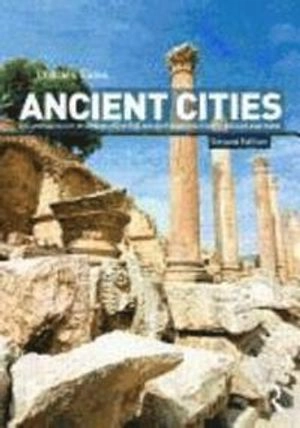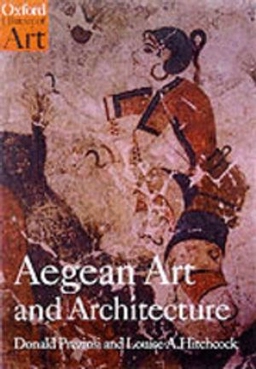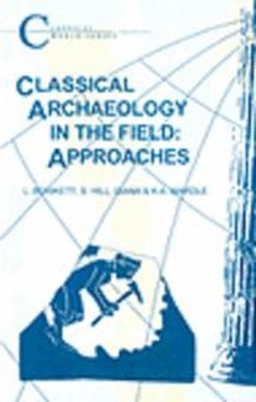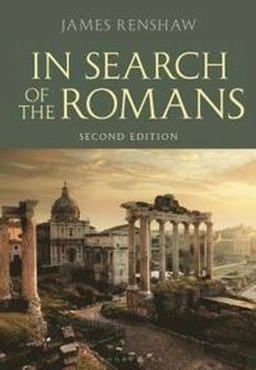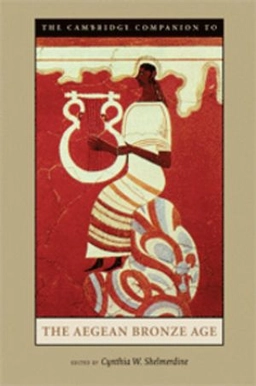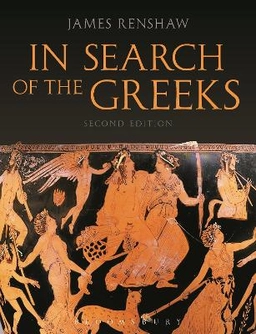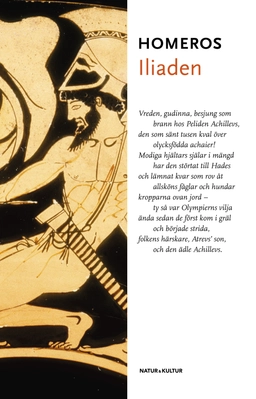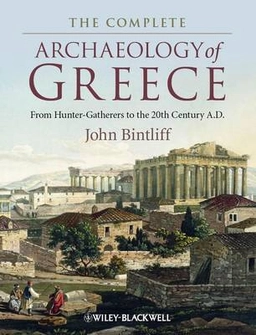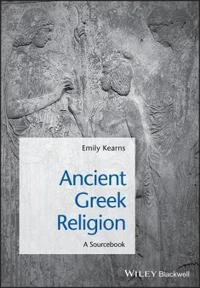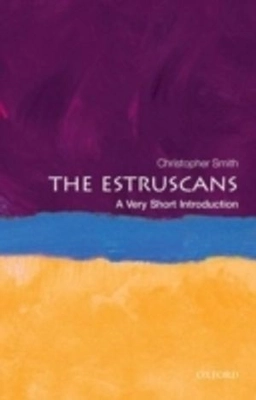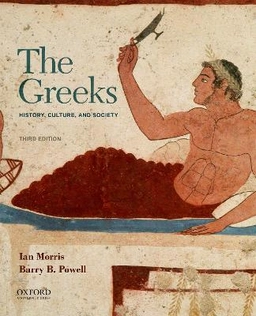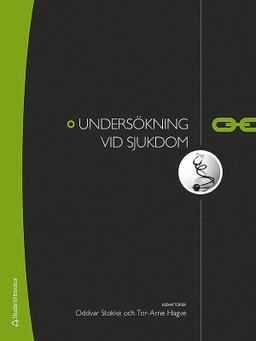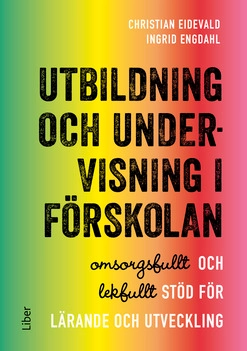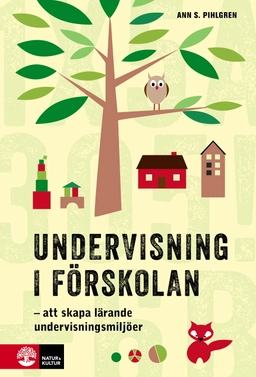Ancient Cities surveys the cities of the Ancient Near East, Egypt, and the Greek and Roman worlds from the perspectives of archaeology and architectural history, bringing to life the physical world of ancient city dwellers by concentrating on evidence recovered from archaeological excavations. Urban form is the focus: the physical appearance and overall plans of the cities, their architecture and natural topography, and the cultural and historical contexts in which they flourished. Attention is also paid to non-urban features such as religious sanctuaries and burial grounds, places and institutions that were a familiar part of the city dweller's experience. Objects or artifacts that represented the essential furnishings of everyday life are discussed, such as pottery, sculpture, wall paintings, mosaics and coins. Ancient Cities is unusual in presenting this wide range of Old World cultures in such comprehensive detail, giving equal weight to the Preclassical and Classical periods, and in showing the links between these ancient cultures.
User-friendly features include:
use of clear and accessible language, assuming no previous background knowledge
lavishly illustrated with over 300 line drawings, maps, and photos
historical summaries, further reading arranged by topic, plus a consolidated bibliography and comprehensive index
new to the second edition: a companion website with an interactive timeline, chapter summaries, study questions, illustrations and a glossary of archaeological and historical terms. Visit the website at https://routledgetextbooks.com/textbooks/9780415498647/
In this second edition, Charles Gates has comprehensively revised and updated his original text, and Neslihan Yilmaz has reworked her acclaimed illustrations. Readers and lecturers will be delighted to see a new chapter on Phoenician cities in the first millennium BC, and new sections on Göbekli Tepe, the sensational Neolithic sanctuary; Sinope, a Greek city on the Black Sea coast; and cities of the western Roman Empire. With its comprehensive presentation of ancient Mediterranean and Near Eastern cities, its rich collection of illustrations, and its new companion website, Ancient Cities will remain an essential textbook for university and high school students across a wide range of archaeology, ancient history, and ancient Near Eastern, Biblical, and classical studies courses.
Åtkomstkoder och digitalt tilläggsmaterial garanteras inte med begagnade böcker
